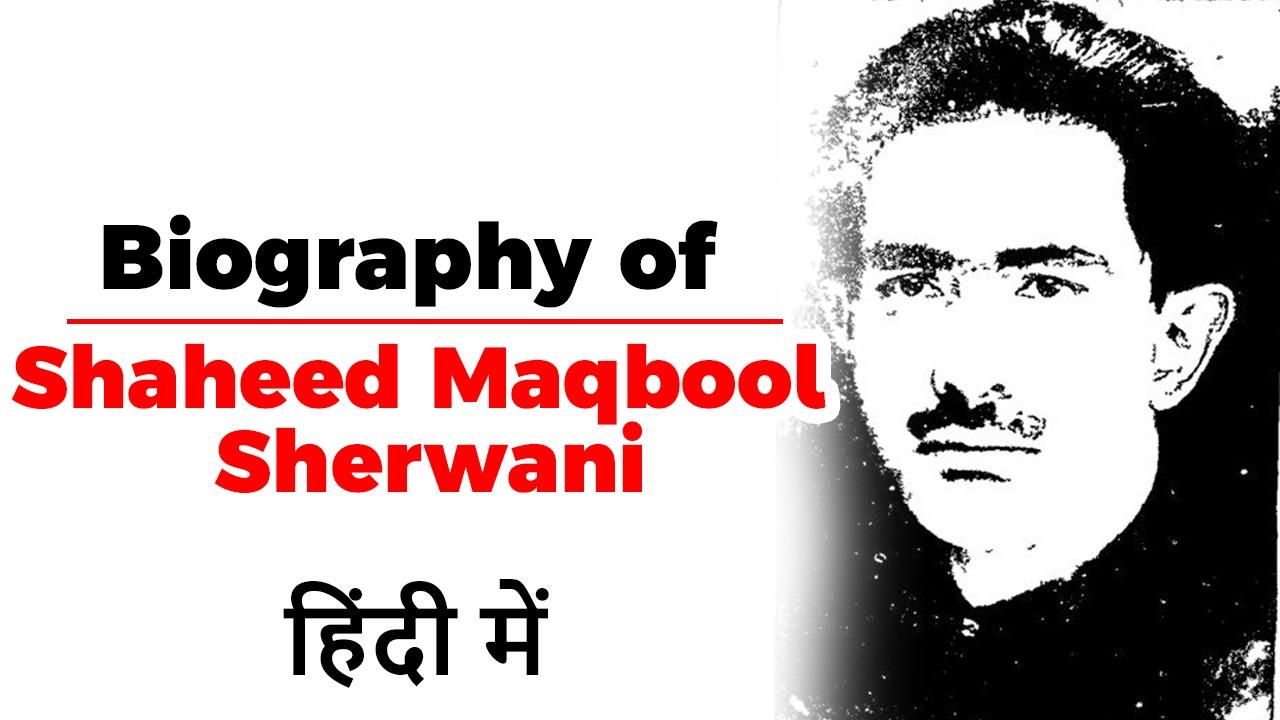Table of Contents
HERO
- Small deeds of courage indulged in by the common folk have changed the complexion of battles all over the world. One such case of a civilian 19-year-old unsung hero, who laid down his life in the 1947 war, has come to light only now.
- Hardly anybody outside Baramulla has heard of Mohd Maqbool Sherwani, or how he died and the decisive role he played in saving Srinagar from falling to Pakistani raiders who attacked Kashmir in the year of Independence.
HERO
- Sherwani was a gutsy boy of 19 who single-handedly thwarted the advance of thousands of raiders (Kabailis) from Baramulla, thereby giving valuable time to the Indian Army to land in Srinagar and prevent an ignominious defeat.
- Outside the army cantonment close to Baramulla town hangs the poster of a solemn, whiskered young man. “Shahid Maqbool Sherwani,” it reads. He died on November 7, 1947, aged about 19, killed by tribal invaders from the North West Frontier Province in a skirmish that would become the first border war between India and Pakistan.
HERO
- “They put 14 bullets in him,” said 82-year-old Khaliq Parvaiz, a writer based in Baramulla town, in a matter of fact voice. “They tied him to two pillars of Khan Hotel, near Regina Cinema, and shot him.
- According to one version of the story, Sherwani, a National Conference worker, had told the invaders that he would show them the way to Srinagar, the capital of what was then the princely state of Jammu and Kashmir. Instead, he led them astray, slowing them down by days and giving the Indian Army time to land at the Srinagar airport on October 27.
HERO
- Sherwani, however, left behind a contested legacy. A plaque outside the black marble Sherwani Community Hall, constructed in his memory in 2004, hails the “courage and supreme sacrifice” made by the young man in “defending the historic town of Baramulla and its citizens against the Tribal Invasion of October-November 1947”.
- In those chaotic months after the invasion, as the maharaja fled, the National Conference became the most visible political force in the Valley. Sherwani was not the only party worker who had vowed to defend the Valley against the invaders. As the clouds of war gathered, the National Conference organised militias composed of local volunteers to defend the Valley, including the Women’s Self-Defence Corps. In Srinagar and Baramulla, these militias are remembered as the the Salamati Fauj.
HERO
- Maqbool recalled they would march around Srinagar chanting “Hamla awan, khabardar,/ Salamati Fauj hai tayyar.” (Approaching invaders, be warned,/ the Peace Force is ready.)
- Harbans Singh, a Sikh resident of Baramulla who joined the Jammu and Kashmir Militia in the 1950s, rattles off another slogan: “Kadam, kadam badenge hum, Mahaz par ladenge hum.” Step by step we will advance,/ We will fight at the borde
Biography Free PDF






















 WhatsApp
WhatsApp